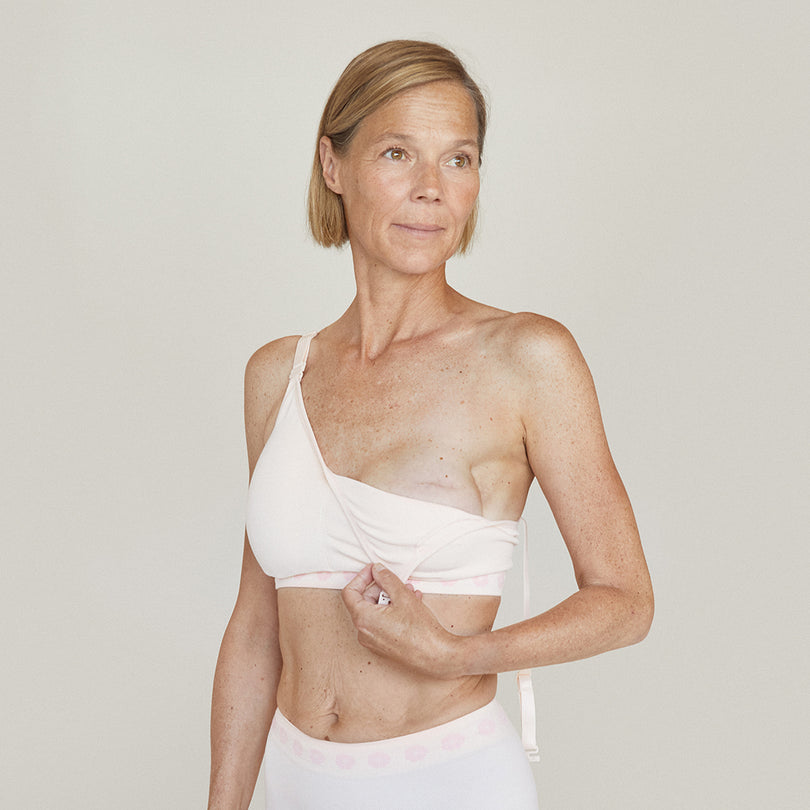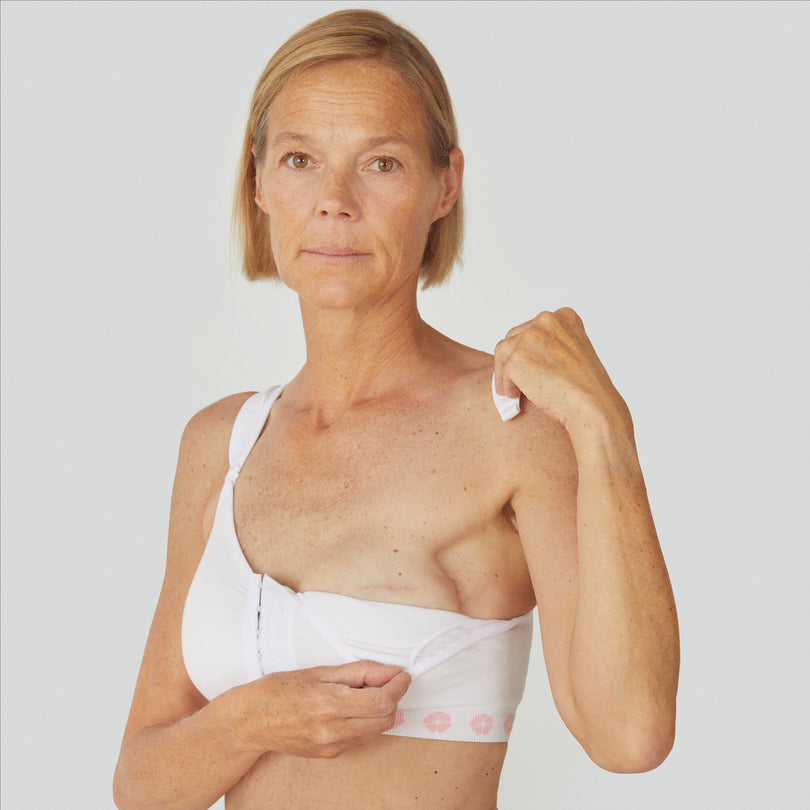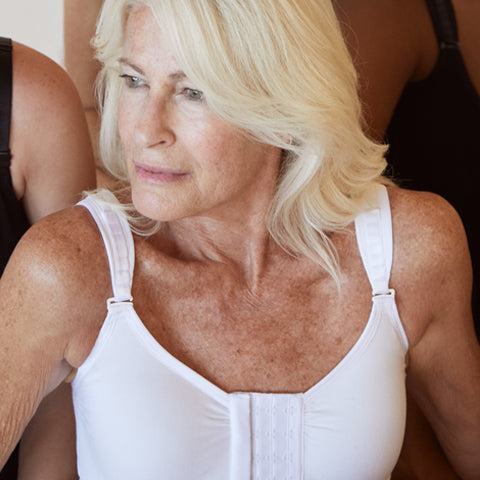In the Spring of 2004, my mother began complaining of a pain in her hip. I suggested she see a physio. Ten years earlier she had been treated for breast cancer. It didn’t occur to me for a moment that the cancer had come back. By the time we found out that it was secondary (or metastatic) breast cancer, the disease had spread throughout her body. She died in the Spring of 2005.
I don’t talk about it much, and never publicly. But a woman called Jo Taylor made me think twice. Jo has secondary breast cancer and she works tirelessly to educate and support women facing the disease. In particular, Jo has gone to huge lengths to raise awareness about the signs of metastatic breast cancer.
Approximately five in every 100 people with breast cancer already have secondaries when their cancer is first diagnosed. And it's estimated that a further 35 out of every 100 people with primary breast cancer will develop secondary breast cancer within 10 years of their first breast cancer diagnosis (source Breast Cancer Now). But some breast cancer types can develop secondary / metastatic breast cancer up to 20 years later so there is a long period after primary diagnosis that the disease can be "dormant".
I wish I could go back in time and take my mother straight to her oncologist, to buy her more time, but I can’t. So instead I hope to help Jo spread the word, not just to breast cancer survivors, but to their loved ones. We owe it to our sisters, our mothers, daughters, friends, we owe it to ourselves to know the signs.
The thing a lot of people don’t realise is that secondary (or metastatic) breast cancer does not come back in the breast. That would be a recurrence, or a new case, of primary breast cancer. Secondary breast cancer is when the primary cancer spreads (or metastasizes) to other parts of the body, usually in one or more of the bones, liver, lungs, lymph nodes and brain.
Secondary breast cancer cannot yet be cured and requires an on-going treatment regime to control it. Average life-expectancy is still only 3 years, so it is vitally important to immediately report any red flag symptoms to your oncologist. This allows treatment to limit progress of the disease to begin as early as possible.
Jo has created this infographic to help you recognise these red flag symptoms. Please take the time to read it and familiarise yourself with these symptoms so that you know how to spot them for yourself or your loved one. To download a printable pdf version simply click on the image. And of course please do share it far and wide.
For further information, visit Jo’s website www.abcdiagnosis.co.uk, it is an invaluable resource for those going through breast cancer.















